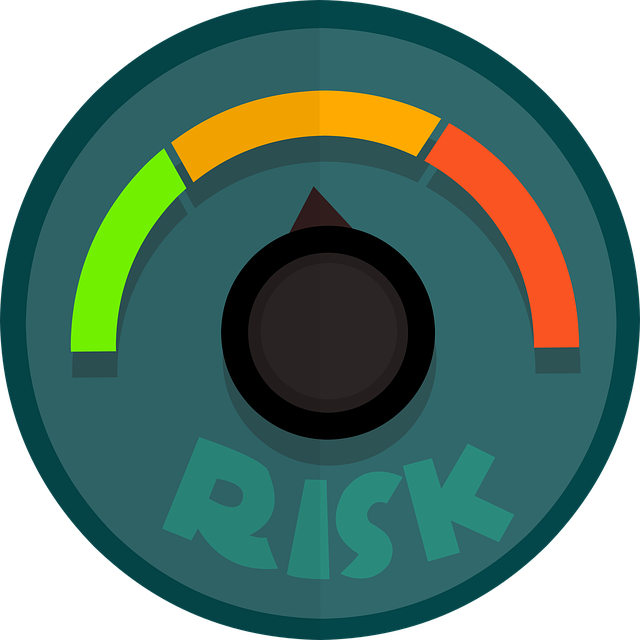After floods, San Antonio homeowners must prioritize water-damaged drywall repair to prevent health risks and mold growth. Follow approved disinfection protocols with disinfectants like chlorine bleach or EPA-registered products. Assess damage, remove standing water, dry areas below 60% moisture, and inspect for hidden issues or mold before cleaning with non-ammonia cleaners. Cut out severely damaged drywall, replace it, seal edges/joints, prime, and paint to match existing finish. Swift restoration using these tips ensures a safe living environment for San Antonio residents after flooding.
After a flood, proper sanitation and disinfection are crucial steps for San Antonio residents aiming to restore their homes. This article provides essential insights into managing flood damage sanitation and offers practical guidance on water-damaged drywall repair. We’ll explore critical protocols, from initial assessment to safe, effective restoration practices. For homeowners seeking tips on repairing water-damaged drywall in San Antonio, this guide offers valuable steps to ensure a healthy and efficient recovery process.
- Understanding Flood Damage Sanitation and Disinfection Protocols
- Steps for Water-Damaged Drywall Repair in San Antonio
- Ensuring Safe and Effective Post-Flood Restoration Practices
Understanding Flood Damage Sanitation and Disinfection Protocols

When a flood strikes, it’s crucial to understand that proper sanitation and disinfection protocols are essential steps in mitigating health risks and ensuring safe living environments for San Antonio residents. The initial impact of flooding introduces various contaminants—from mud and debris to potentially harmful bacteria and pathogens. These can remain hidden within water-damaged drywall and other surfaces, posing significant threats if not addressed appropriately.
Therefore, implementing effective sanitation and disinfection practices is vital after a flood. For San Antonio homeowners facing water-damaged drywall repair tips, it’s recommended to follow guidelines that include thoroughly cleaning affected areas with disinfectants approved for use against COVID-19 viruses, such as chlorine bleach solutions or EPA-registered disinfectants. This process helps eliminate visible and invisible contaminants, creating a safer space for residents while also preventing the growth of mold and mildew, which can exacerbate health issues.
Steps for Water-Damaged Drywall Repair in San Antonio

After a flood, water-damaged drywall repair in San Antonio is crucial to prevent mold growth and ensure a safe living environment. The first steps involve assessing the damage and removing any standing water or wet materials. Use absorbent towels or mops to dry the area as quickly as possible, aiming to reduce moisture levels below 60% for optimal conditions. Once the initial drying is complete, a professional inspection is recommended to identify hidden damage or potential mold infestations.
Following the inspection, the affected drywall must be thoroughly cleaned with non-ammonia-based cleaning agents to remove dirt and debris. After cleaning, it’s time for water-damaged drywall repair tips for San Antonio residents: carefully cut out any severely damaged sections and replace them with new drywall panels. Ensure proper sealing around edges and joints to prevent moisture intrusion. Finally, apply a coat of primer and paint to match the existing finish, hiding scars from the flood and restoring your home to its pre-flood condition.
Ensuring Safe and Effective Post-Flood Restoration Practices

After a flood, it’s crucial to prioritize safe and effective restoration practices to prevent further damage and health risks. In San Antonio, water-damaged drywall repair tips are essential for residents looking to restore their homes. The first step is to assess the extent of the water damage, as even small amounts of standing water can support mold growth within 24 to 48 hours. Once identified, affected areas should be dried promptly using fans and dehumidifiers to minimize moisture levels.
To initiate the repair process for water-damaged drywall, residents are advised to remove any damaged or soaked drywall panels and replace them with new ones. It’s recommended to use specialized cleaning solutions to disinfect the area thoroughly, eliminating potential mold spores and bacteria. Following these water-damaged drywall repair tips ensures a safer living environment for San Antonio residents while effectively restoring their homes post-flood.
For San Antonio residents facing flood damage, understanding proper sanitation and disinfection protocols is crucial for a safe and effective restoration process. Following the discussed steps for water-damaged drywall repair ensures that homes are not only restored but also sanitized to prevent health risks associated with mold and bacteria growth. By adhering to these practices, folks can navigate post-flood restoration with confidence, fostering a healthier and more vibrant community in the aftermath of such events. Remember, prompt action and professional guidance are key to revolutionizing your home’s recovery and preventing future damage.
